Key points
- Physical abuse is wrong: No one deserves to feel scared or hurt by their partner. A real relationship is built on trust and respect, not fear.
- You deserve to feel safe: Relationship experts say that hitting often escalates over time. If he’s hitting you, even a little, it’s best to leave for your own protection. Your safety and happiness matter most.
- There are people who can help: Don’t feel ashamed to talk to someone you trust. And you could call a domestic abuse hotline. .
Contents
- 1 Key points
- 2 Introduction to Abuse
- 3 Understanding Abuse and Control
- 4 Recognizing Patterns of Behavior
- 5 The Dynamics of Abuse
- 6 Identifying Abusive Behavior
- 7 Signs Your Partner May Be Abusive
- 8 The Role of Denial and Minimization in Abuse
- 9 Why Abusers Hit
- 10 Understanding the Mindset of Abusers
- 11 Common Justifications Abusers Use
- 12 The Cycle of Violence
- 13 Is It Normal for My Boyfriend to Hit Me?
- 14 The Unacceptability of Violence in Relationships
- 15 The Impact of Physical Abuse
- 16 Seeking Help and Support
- 17 Moving Forward
- 18 Frequently Asked Questions (FAQ)
Introduction to Abuse
Lundy Bancroft covers in the early chapters that abuse is really about control and gainin’ power over another person. It ain’t just about the blow-ups or nasty things said durin’ fights. Abusers work hard to maintain **complete authority** in the relationship at all times. They believe they’re entitled to know every little thing their partner does and that their needs should come before anyone else’s.
Understanding Abuse and Control
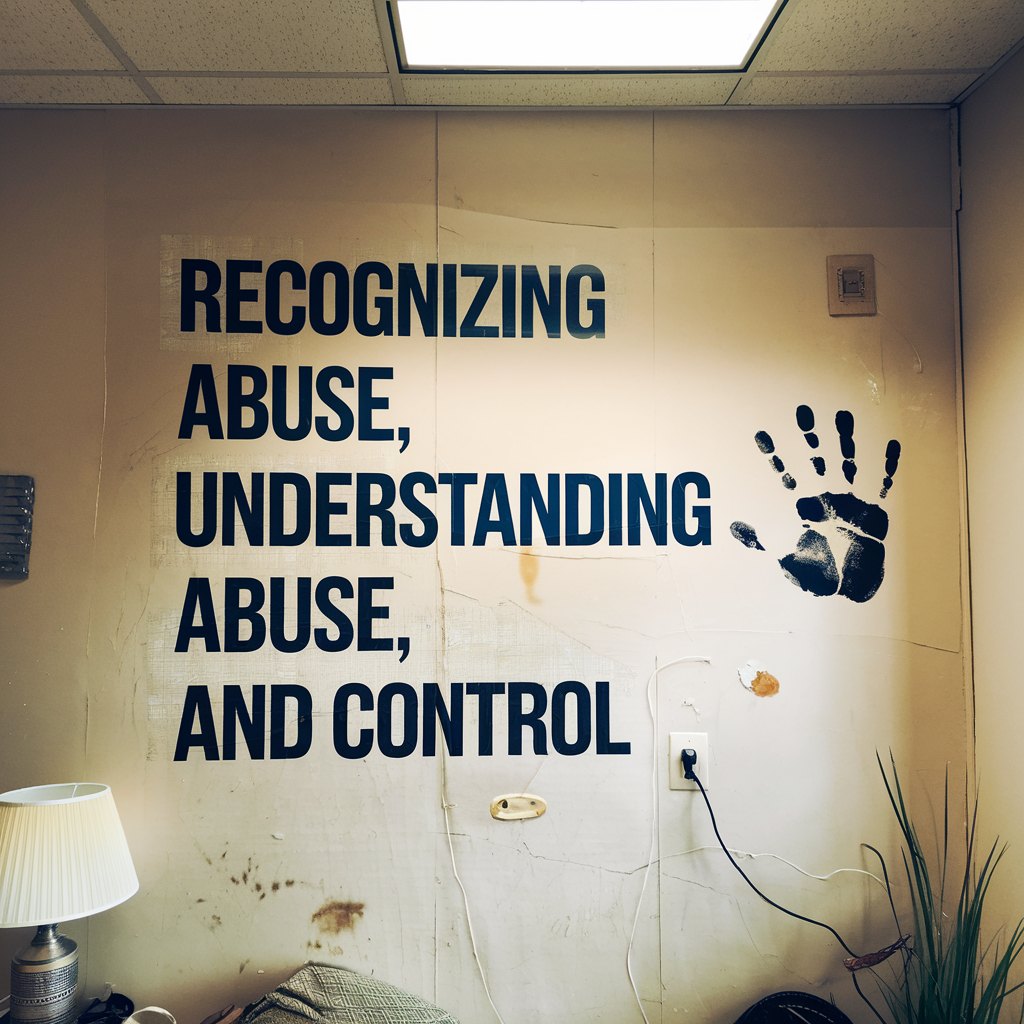
The book goes into the different ways abusers keep their partners under their thumbs, even when things seem fine on the surface. They monitor who their partner talks to or spends time with. They get angry if their partner wants to do their own thing or have privacy. Abusers blow hot and cold, showerin’ affection one minute and flyin’ off the handle the next to keep their partner walkin’ on eggshells. This makes the victim feel like they can never do anything right and that the abuser is the one in charge of decidin’ when things are good or bad.
Recognizing Patterns of Behavior
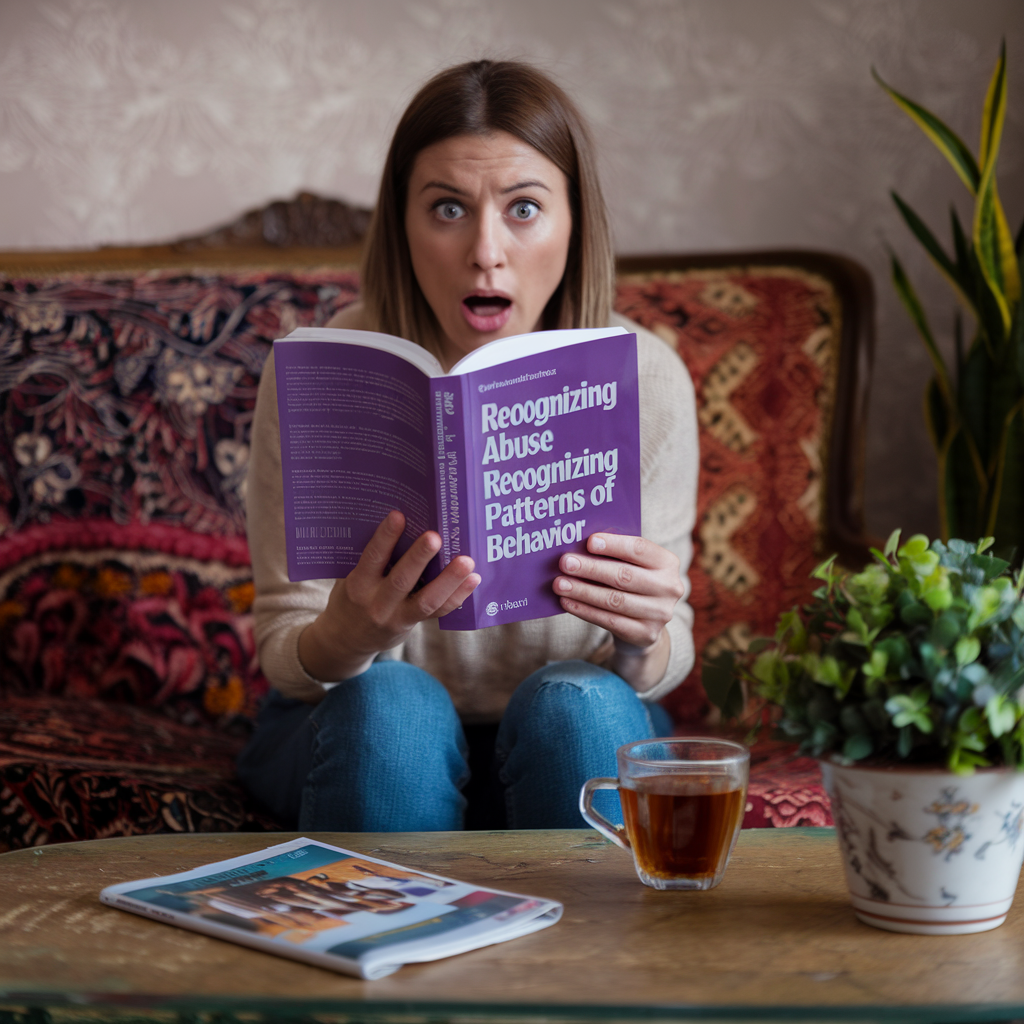
Bancroft shows that abuse typically happens in a pattern that cycles round and round. First comes a build up of tension as small issues get blown out of proportion. Then comes the explosion where the abuser really lets their anger out through actions like yellin’, pushin’, or hittin’. After that comes the honeymoon phase, where the abuser acts all sweet and sorry, promising it won’t happen again. But before long the cycle starts over. Learnin’ to spot these signs is important so no one gets trapped in the repeating cycle of harm.
The Dynamics of Abuse

Abuse is basically anytime someone tries to control or dominiate their partner through violence or other types of mean behavior.
It can take lots of different forms too. Abusers will do what they can to make their partner feel scared or nervous, so their partner won’t leave the relationship or stand up for themselves.
What is Abuse?
In general, abuse means when someone deliberately hurts or frightens their partner. It can be physical abuse, where the person hits or pushes their partner to scare them. But abuse is also verbal, like when the abuser puts their partner down, yells nasty insults, or threatens to harm them.
Forms of Physical Abuse
There’s different kinds of physical abuse that happen. One is hitting or punching, like slapping or closed fist punches.
Another is choking, where the abuser puts their hands on their partner’s neck to scare them. Throwing things at someone or destroying their belongings can also be a form of physical abuse.
Emotional and Psychological Impact of Physical Abuse
Getting hurt by someone you love can seriously mess with your head. Abuse victims often feel ashamed, worried, or depressed after being abused.
The emotional pain can actually last a lot longer than any bruises or injuries. No one should have to feel afraid of their partner.
Identifying Abusive Behavior

There are some general signs that can help identify if a partner may be abusive. Bancroft discusses the typical traits of abusers, like being controlling, blaming others for their problems, having a quick and intense temper, and acting very jealous and possessive.
Other red flags include insults, harsh criticisms, and physical threats. Abusers are also likely to get angry easily over small issues too or “blow things out of proportion.” It’s important to pay attention if a partner shows these kinds of controlling and aggressive behaviors on a regular basis.
Signs Your Partner May Be Abusive

Some signs that your partner could be abusive include: they try to isolate you from friends and family, monitor where you go or who you talk to, humiliate or embarrass you on purpose, threaten to leave or commit suicide if you break up, damage your belongings when angry, or blame you for their own hurtful behavior.
Often abuse escalates over time from verbal insults to threats to physical violence. So if a partner shows threatening, disrespectful, or violent behavior of any kind, it’s important to recognize it as a sign of potential abuse.
The Role of Denial and Minimization in Abuse
Bancroft explains that abusers tend to deny or minimize their harmful actions. They blame the victim for “making them mad” or claim the abusive incidents were isolated cases that won’t happen again.
However, the reality is usually much different, with abuse typically increasing in frequency and severity over time. While it can be hard to accept that a relationship has become abusive, staying alert to denial and excuses for bad behavior is crucial.
Recognizing manipulation tactics helps leave dangerous situations before they escalate further.This completes the requested sections on identifying abusive behavior, signs of an abusive partner, and the role of denial in abuse situations using markdown formatting styles.
Why Abusers Hit

Abusers often justify their violence by claiming the victim “made them do it.” Most abusers actually have many techniques for controlling their partners without physical violence.
But some resort to hitting because they want to dominate and terrorize their victims. By causing pain, they assert their power over another person.
Understanding the Mindset of Abusers
Abusers see relationships as based on power and control rather than equality and respect. They believe in rigid gender roles and that men have the right to discipline their partners.
Many abusers also have low self-esteem and use violence to compensate. Understanding how abusers think can help explain – but certainly does not excuse – their harmful actions.
Common Justifications Abusers Use
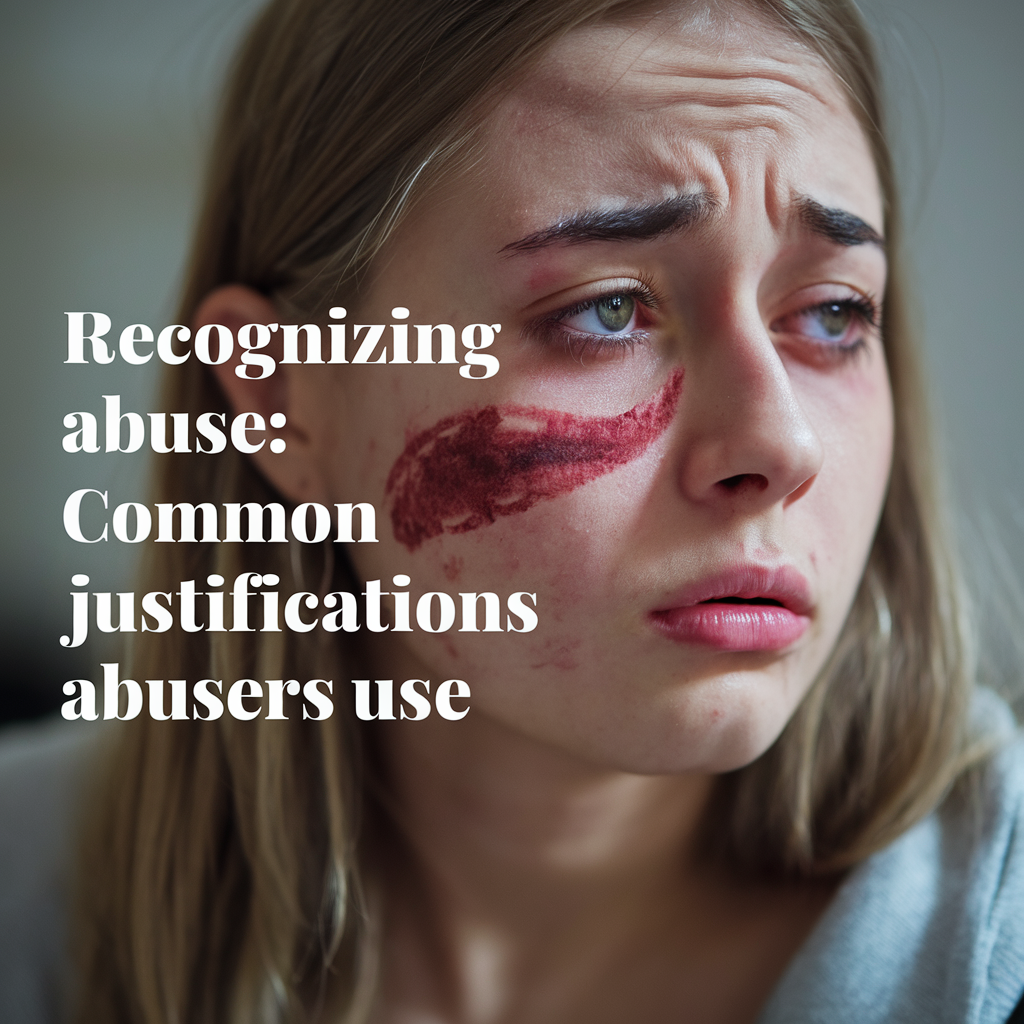
“She made me mad.” “He disrespected me.” “They know how to push my buttons.” Abusers often blame their violence on their victims’ supposed behavior or attitudes.
In reality, no one else is responsible for an individual’s decision to harm another person. Abusers alone are accountable for their own violent actions.
The Cycle of Violence
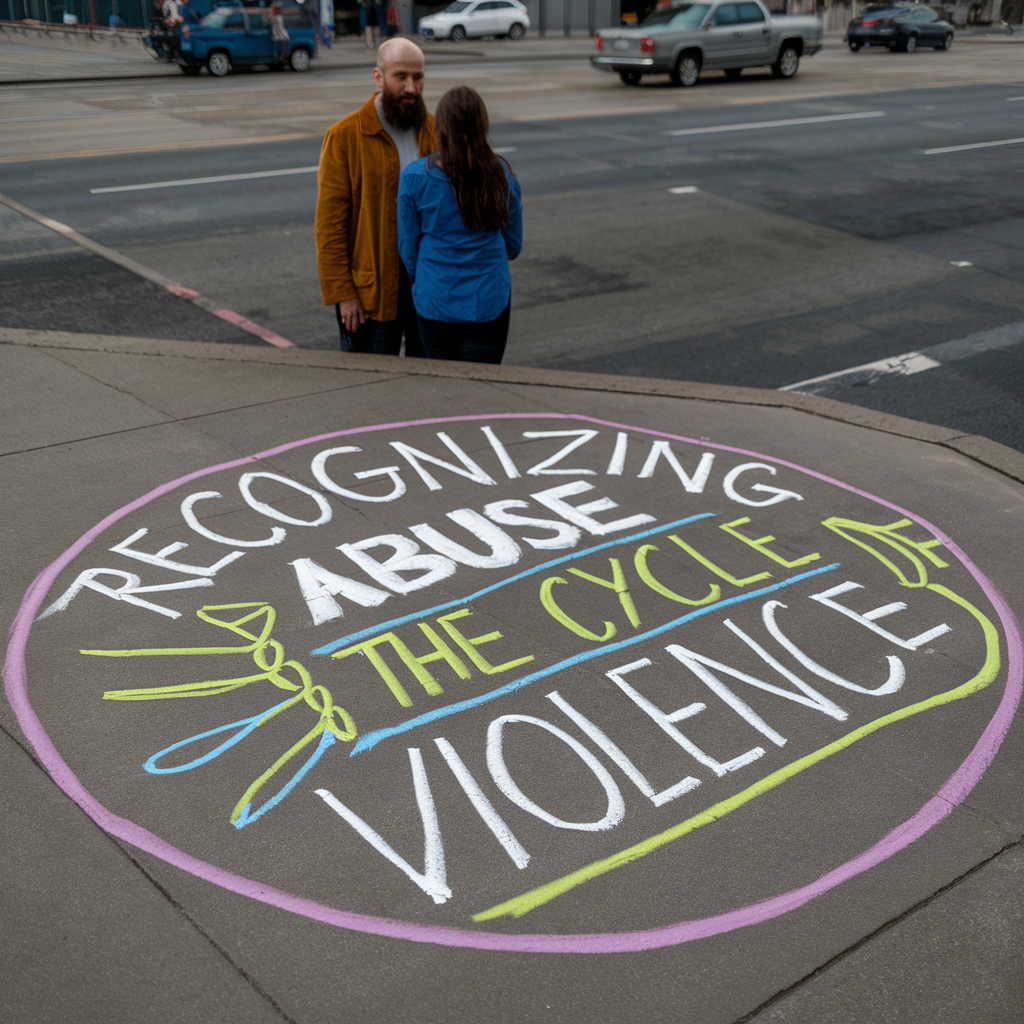
The typical abusive relationship does not involve constant violence but follows a pattern of increasing tension, an explosive incident, and a honeymoon phase of remorse and empty promises that the abuse will not happen again.
Unfortunately, this cycle typically repeats and the violence tends to escalate over time
Is It Normal for My Boyfriend to Hit Me?
Lundy addresses how violence in relationships has been normalized in society. However, violence should never be considered normal or acceptable.
While couples do argue sometimes, physical harm should never occur. If you feel unsafe around your partner, those feelings are valid. You deserve to feel respected by someone who cares about you.
The Unacceptability of Violence in Relationships

No matter the circumstances, one person hurting another is never okay. Lundy’s book helps break down the myth that violence between partners can be excused or ignored.
All people have a basic right to feel secure and cared for by their loved ones. No one should have to live in fear of the ones closest to them.
Breaking the Myth of ‘Normal’ Violence
Through real stories, Lundy shows how controlling and abusive behaviors often escalate over time. Behaviors that may seem minor at first can become increasingly serious threats.
By understanding the signs and patterns, people can recognize unhealthy relationships earlier.
No person or relationship is perfect, but violence crosses a clear line and should not be considered a natural part of relationships.
Personal Stories and Real-Life Examples
Highlighting real experiences helps bring complex issues to light in a meaningful way. Lundy shares the courageous accounts of survivors to shed light on the often hidden realities of domestic violence.
Their honesty about enduring abuse and finding the strength to leave unhealthy situations can inspire others suffering in silence to realize they don’t have to go through it alone.
By telling their truths, these individuals help empower others to recognize unhealthy relationships and find the support needed to build safe and fulfilling lives.
The Impact of Physical Abuse
Getting hit by someone who is supposed to care about you can really mess with your head. Lundy talks in the book about different types of physical abuse – from throwing things or punching walls to actually hitting or hurting their partner.
Physical abuse can leave cuts, bruises, broken bones. And those wounds usually heal on the outside pretty quick. But the emotional scars can last way longer.
Physical Consequences
Besides obvious injuries, physical abuse can cause long-term health problems. Some women talked about having issues with pain or mobility years later from injuries that never got proper treatment.
A few even said the abuse may have contributed to illnesses like heart disease or arthritis that showed up later in life. So the physical damage isn’t always right away – it can develop over time too.
Emotional and Psychological Trauma
Getting abused makes people feel terrified, powerless, and worthless. It’s normal to have anxiety, depression, or PTSD after living through that type of fear and control.
The book talks about how abuse can undermine self-esteem and trust in relationships. Many victims struggle with trusting other people or feeling comfortable in their own skin even long after the abuser is gone from their lives.
Long-Term Effects on Victims
While some people are able to eventually work through the trauma, others continue to deal with challenges in relationships, parenting, work, and mental health for many years. No one “gets over it” completely.
The effects are lifelong, even if with help people can learn to manage them better. But with time and support, victims can regain their strength and build happy, fulfilled lives despite the damage done by abusive partners in their pasts.
Seeking Help and Support
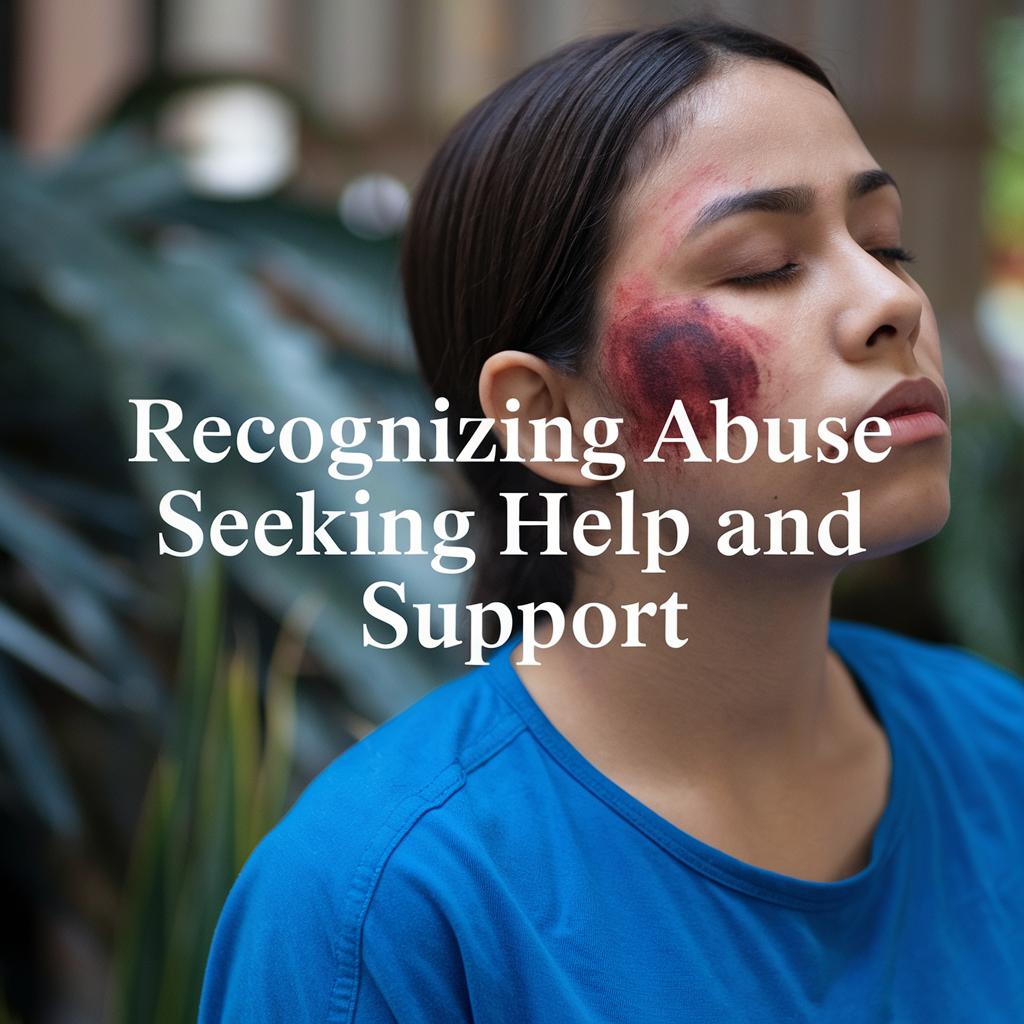
If you’re in an abusive relationship, it can be tough to know when it’s time to get help. Trust your instincts– if you feel unsafe or worried about escalating violence, don’t wait.
But for others, it may not be so clear. Lundy Bancroft provides some signs to look out for that suggest reaching out could help.
Recognizing When to Seek Help
He discusses situations where the controlling behavior or anger is getting worse over time, more frequent explosins of rage, or threats of harm against you or loved ones.
Things like restrictions on who you see or isolating you from family and friends can also be red flags. If you’re feeling despair or hopelessness about the relationship improving, it may be time for an outside perspective.
Resources for Victims of Abuse
There are organizations devoted specifically to helping victims of domestic violence. Places you can call or visit to get protection planning, counseling, and referrals for legal advocacy or emergency shelter.
Bancroft also recommends letting your local police, clergy, or doctor know what’s happening in case you need help in the future. Your safety should be the top priority.
Building a Support Network
Tell friends you trust about the situation so they can provide a listening ear or a safe place to stay. Their care and understanding can help you feel less alone.
Leaving an abusive partner is difficult, but having a strong support system makes seeking help and planning for independence easier. You don’t have to go through it alone.
Moving Forward
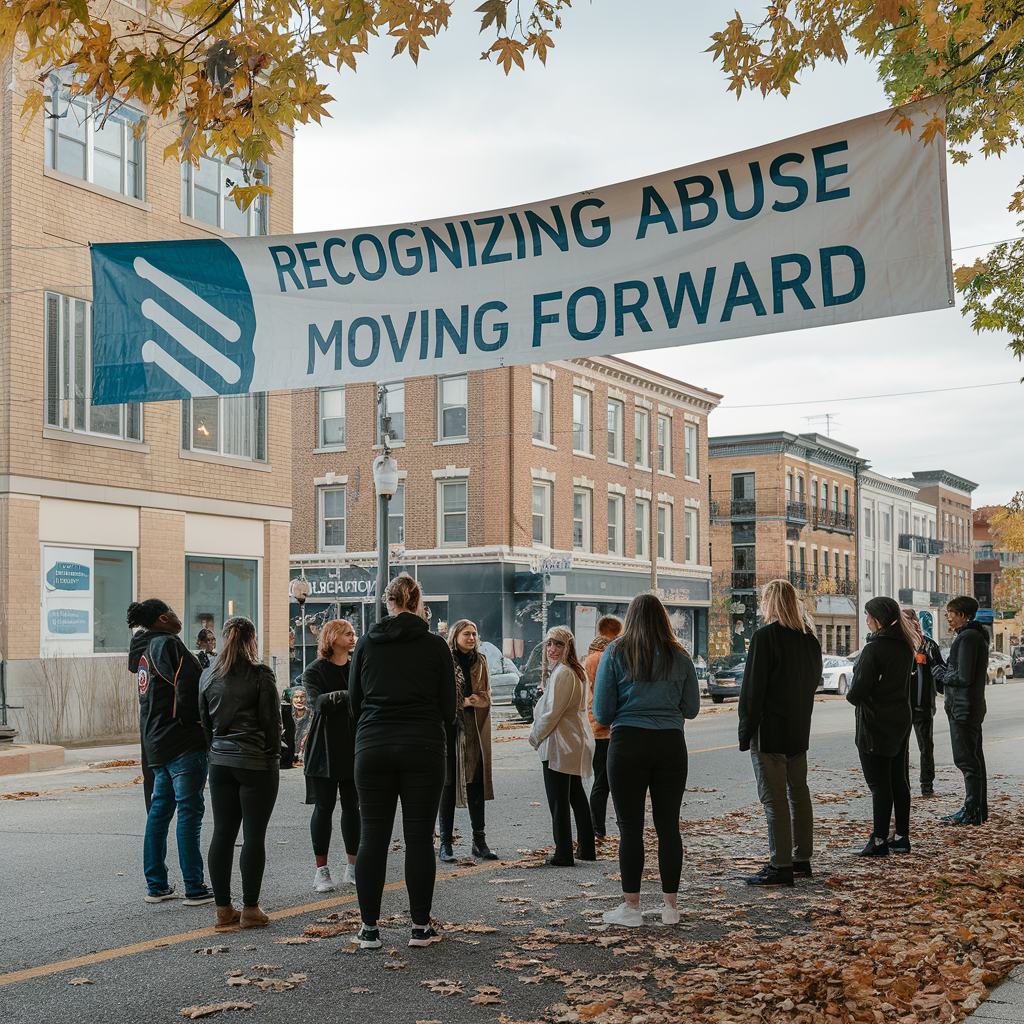
Leaving an abusive relationship is a huge step, and it’s important to make a plan before taking action. Do you have close friends or family you can stay with temporarily? Women’s shelters are another option that provide safe housing, counseling, and support groups to help you through this difficult time.
Steps to Leave an Abusive Relationship
First, tell someone you trust about the abuse and get their help. Decide when and where you will leave for your safety – when your abuser is not home is best. Pack a bag with important papers and items you’ll need ahead of time and hide it.
Make sure to take your cell phone and charger with you too. If possible, get any money or jointly owned property like cars or furniture sorted out.
Healing and Recovery
Leaving is just the beginning – it’s normal to feel sad, angry, scared, or depressed. Seek counseling or a support group to process your emotions in a healthy way.
Focus on self-care by spending time with supportive people, exercising, meditating, or journaling. With help from others, you’ll gradually start to feel stronger and regain your self confidence.
Empowerment and Building a Safe Future
As you heal, remember that you did nothing to deserve the abuse. Think about goals that empower you like returning to school, changing jobs, or reconnecting with hobbies. Most importantly, make sure your abuser can no longer contact or locate you.
With time and determination, you will create a peaceful life where you feel respected and secure in yourself.
Frequently Asked Questions (FAQ)
Is it normal for my boyfriend to hit me sometimes when he's angry?
No, it’s not normal for your boyfriend to hit you whenever he’s angry. Hitting, regardless of the occasion, is a form of abuse and control. It’s essential to understand that anger should never lead to physical violence. There are safe ways to manage anger without resorting to abuse.
Can the Internet help me find resources if my boyfriend is hitting me?
Yes, the Internet can be a valuable tool if you’re in an abusive relationship. Websites like TheHotline.org and DomesticShelters.org provide information and resources for victims of abuse. They can help you understand your situation better and give you guidance on seeking help.
Are there specific signs or red flags I should look for if my boyfriend might become abusive?
Yes, there are several red flags to watch out for. These include controlling behavior, extreme jealousy, constant checking on your whereabouts, isolating you from friends and family, and any form of physical violence. Recognizing these signs early can help you take necessary steps to protect yourself.
Can abusers change their behavior with intervention?
Change is possible but challenging. Abusers often need professional help to alter their behaviors, such as counseling or participation in programs designed to address abusive behaviors. However, they must be willing to acknowledge their actions and commit to change.
What role does denial play in abusive relationships?
Denial plays a significant role in abusive relationships. Both the abuser and the victim may deny the seriousness of the situation or minimize the abuse. This coping mechanism can prevent victims from seeking help and make them more vulnerable to repeated cycles of abuse.
How important is privacy and security for victims seeking help online?
Privacy and security are critical for victims seeking help online. Clearing browser history regularly, using safe computers, and understanding how to exit websites quickly can help protect you from your abuser finding out you’re seeking help. Many websites have an ‘Escape’ button for quick exits.
What are common excuses abusers use to justify their behavior?
Abusers often use excuses such as stress, alcohol, or drug abuse as reasons for their violent behavior. Some may blame their partner by accusing them of provoking the violence. These are manipulative tactics that shift responsibility away from themselves.
Can self-defense be a valid reason for hitting back in an abusive relationship?
While self-defense is legally recognized in some contexts, relying on it within an abusive relationship can escalate the violence and put the victim in further danger. It’s crucial to consult with legal professionals and domestic violence advocates on safe options.
How do various forms of abuse affect victims emotionally and psychologically?
Physical abuse often leads to severe emotional and psychological trauma for victims. They may experience anxiety, depression, PTSD, low self-esteem, and trust issues. The long-term effects can impact their mental health and relationships moving forward.
How can friends and family support someone in an abusive relationship?
Friends and family can offer non-judgmental support, listen actively, provide resources, and encourage the victim to seek professional help or contact services like The Hotline. Being patient and understanding without pushing too hard can also make a significant difference.

I’m Kary Walters, a wedding planner and writer with a passion for helping couples stay together and achieve their relationship goals. With over a decade of experience, I specialize in self-improvement and have worked with individuals & couples facing challenges.